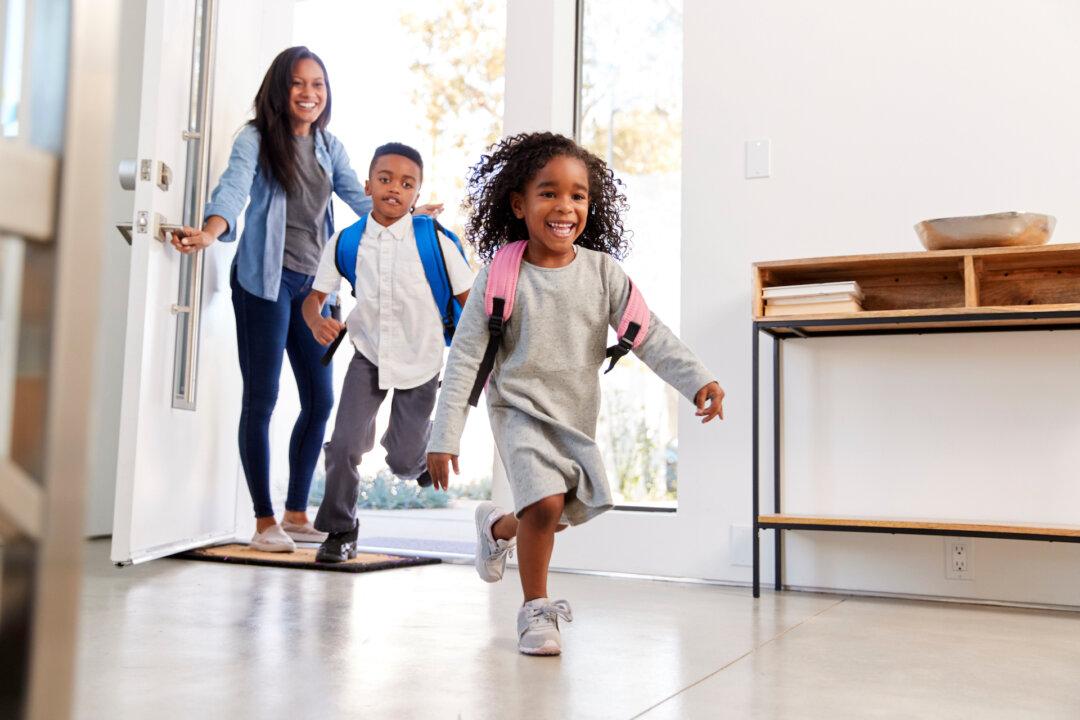The fall back-to-school season can be challenging for kids. After a carefree summer where children have enjoyed outdoor adventures, free play, family togetherness, and ample sleep, it can be jarring to witness the difficulties they experience once school has begun again. A common time when this struggle tends to manifest itself is during the hour or two directly after they return home from school each day.
After six or more hours in school, it’s not uncommon for little ones to exhibit crankiness, sadness, frustration, and fatigue upon arriving home. Many kids struggle with the transition to their afternoon of homework or after-school activities.






